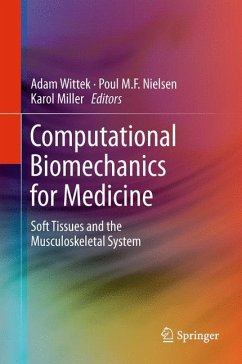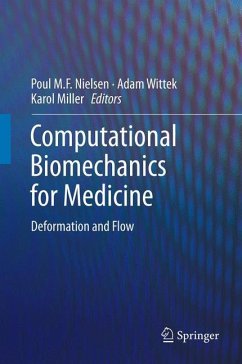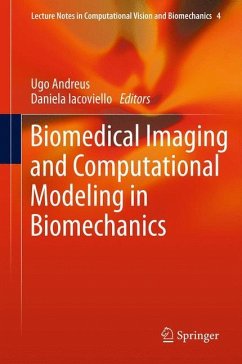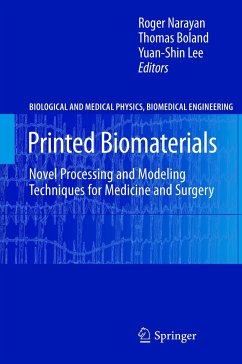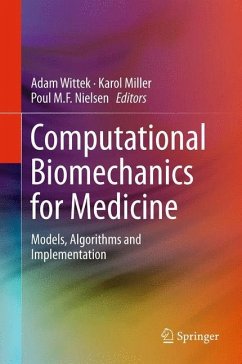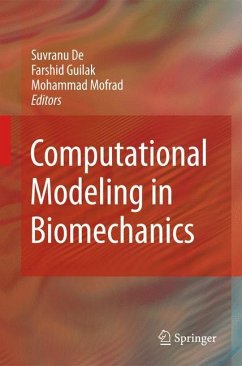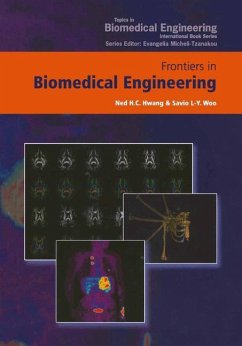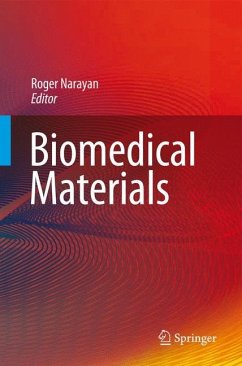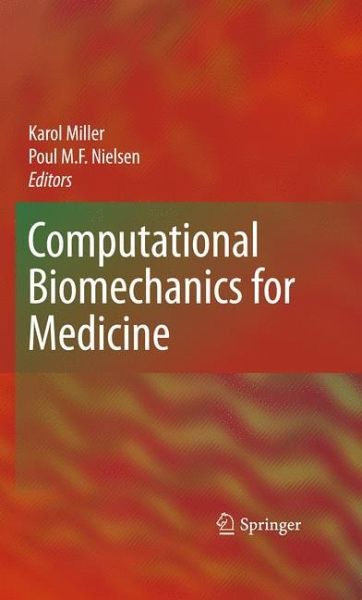
Computational Biomechanics for Medicine

PAYBACK Punkte
57 °P sammeln!
Mathematical modelling and computer simulation have proved tremendously successful in engineering. One of the greatest challenges for mechanists is to extend the success of computational mechanics to fields outside traditional engineering, in particular to biology, biomedical sciences, and medicine. The proposed workshop will provide an opportunity for computational biomechanics specialists to present and exchange opinions on the opportunities of applying their techniques to computer-integrated medicine. For example, continuum mechanics models provide a rational basis for analysing biomedical ...
Mathematical modelling and computer simulation have proved tremendously successful in engineering. One of the greatest challenges for mechanists is to extend the success of computational mechanics to fields outside traditional engineering, in particular to biology, biomedical sciences, and medicine. The proposed workshop will provide an opportunity for computational biomechanics specialists to present and exchange opinions on the opportunities of applying their techniques to computer-integrated medicine. For example, continuum mechanics models provide a rational basis for analysing biomedical images by constraining the solution to biologically reasonable motions and processes. Biomechanical modelling can also provide clinically important information about the physical status of the underlying biology, integrating information across molecular, tissue, organ, and organism scales. The main goal of this workshop is to showcase the clinical and scientific utility of computational biomechanics in computer-integrated medicine.





